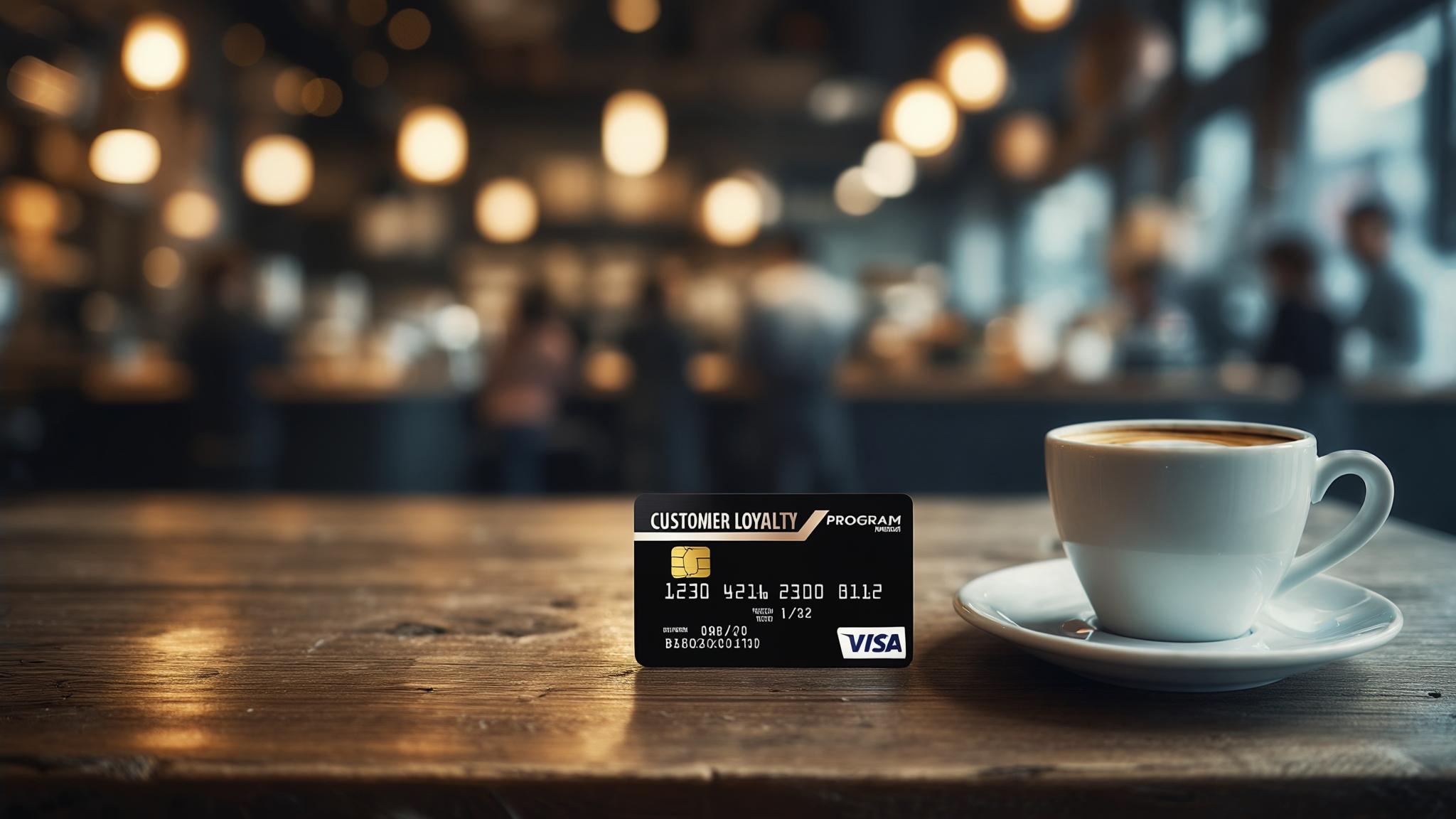I was at my local grocery store last week, fumbling through my wallet for three different loyalty cards, when it hit me – loyalty programs are everywhere now. Seriously, I’ve got cards for my coffee shop, gas station, even my dog groomer. It’s gotten crazy. More than 90% of companies now have some form of loyalty program, according to Queue-it’s comprehensive loyalty statistics report.
I remember when loyalty programs were just punch cards at your local coffee shop – now they’re sophisticated, AI-driven ecosystems that can make or break a business. What started as simple “buy 10, get 1 free” cards has evolved into complex systems that Amazon Prime members (who spend 2x more than non-members) and Starbucks Rewards users (representing 57% of all transactions) rely on daily.
The loyalty landscape has exploded because the numbers don’t lie: it’s 5-25x more expensive to acquire a new customer than to keep an existing one, and 65% of a company’s revenue comes from repeat business. But here’s what drives me nuts about most programs – they focus on enrollment numbers instead of actual engagement and ROI. It’s like bragging about how many people signed up for your gym membership while ignoring that only 20% actually show up.
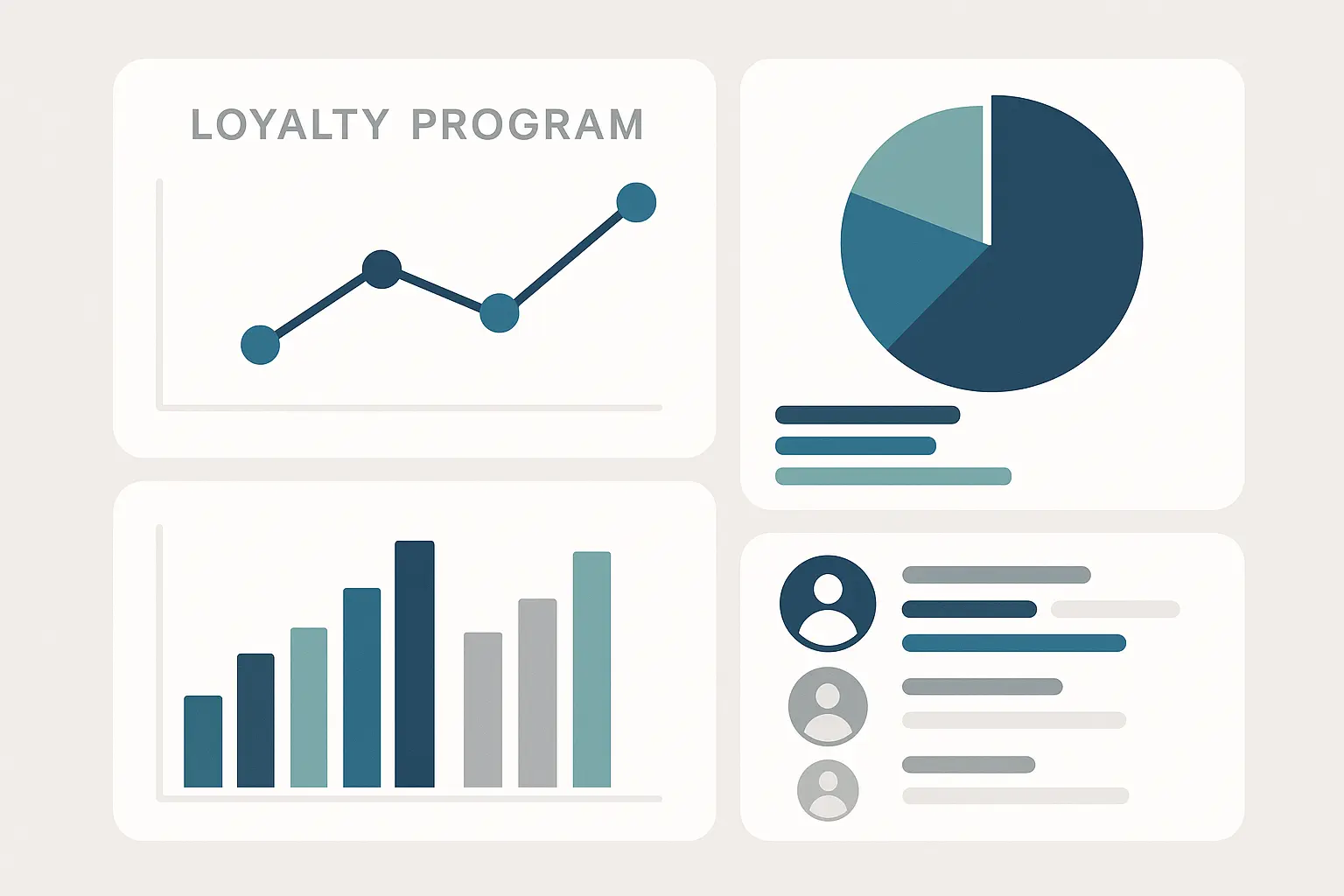
Table of Contents
-
What Makes a Loyalty Program Actually Work
-
How to Evaluate Loyalty Programs Like a Pro
-
Retail & E-commerce Programs That Changed the Game
-
Food & Beverage Loyalty Success Stories
-
Travel & Hospitality Programs Worth Studying
-
Financial Services That Got Loyalty Right
-
Automotive & Services Programs That Work
-
Entertainment & Lifestyle Loyalty Winners
-
The Complex Programs That Set the Standard
-
What Separates Winners from Losers
-
How The Marketing Agency Can Transform Your Loyalty Strategy
-
Final Thoughts
TL;DR
Here’s what I found after studying 25 successful loyalty programs:
-
Mobile-first programs like Starbucks and McDonald’s see 20-25% higher engagement rates than traditional card-based systems (and honestly, who wants another plastic card?)
-
Subscription-based loyalty (Amazon Prime) delivers 74% renewal rates and 2x higher customer spending – turns out people hate making decisions every purchase
-
Tiered programs create aspiration – Sephora’s three-tier system drives 80% of sales from loyalty members because everyone wants to reach the next level
-
Personalization at scale works – Target Circle achieves 95% transaction penetration with customized offers that actually matter to you
-
Emotional connection beats rational rewards – programs focusing on values and community see higher lifetime value (people buy from brands they believe in)
-
Technology integration is non-negotiable – seamless mobile apps and payment systems drive frequency increases of 15-30%
-
ROI measurement is critical – top programs generate 5.2x more revenue than they cost to operate (if you can’t measure it, you can’t manage it)
What Makes a Loyalty Program Actually Work
Look, I’ve worked with dozens of companies on their loyalty strategies, and here’s the dirty secret: most executives couldn’t tell you their own program’s redemption rate if their life depended on it. They’re obsessed with signup numbers but have no clue if anyone’s actually engaged.
Understanding what separates successful loyalty programs from failures requires examining four critical areas: performance metrics and ROI, program structure and mechanics, customer engagement levels, and scalability for long-term growth. The most effective programs balance simplicity with engagement while delivering measurable business outcomes.
When developing a comprehensive loyalty program strategy, businesses should leverage advanced analytics for strategic growth to understand customer behavior patterns and optimize program mechanics based on data-driven insights rather than assumptions.
Want to know if your loyalty program is working? Ask yourself this: If you killed it tomorrow, would customers actually notice? If the answer is “probably not,” you’ve got a problem. The good programs? Customers would revolt if you took them away.
|
Metric Category |
Key Performance Indicators |
Success Benchmark |
Measurement Frequency |
|---|---|---|---|
|
Financial Impact |
Customer Lifetime Value Increase |
15-25% improvement |
Quarterly |
|
Revenue Attribution |
5.2x ROI minimum |
Monthly |
|
|
Average Order Value Growth |
10-20% increase |
Monthly |
|
|
Engagement |
Active Participation Rate |
60%+ of enrolled members |
Monthly |
|
Program Transaction Penetration |
50%+ of total transactions |
Weekly |
|
|
Redemption Rate |
70%+ of earned rewards |
Quarterly |
|
|
Retention |
Customer Retention Rate |
85%+ for active members |
Quarterly |
|
Repeat Purchase Frequency |
25%+ increase |
Monthly |
|
|
Churn Rate Reduction |
30%+ improvement |
Quarterly |
Performance Metrics That Matter
Customer Lifetime Value improvement should be your north star. I can’t tell you how many times I’ve seen companies get excited about a 50% increase in program signups while completely ignoring that those new members aren’t spending any differently. The best programs don’t just increase purchase frequency – they fundamentally change how much customers are worth to your business over time. Amazon Prime members spending double what non-members spend isn’t an accident.
Retention rates tell the real story. When Starbucks reports that 57% of their transactions come from loyalty members, that’s proof their program creates genuine stickiness. You’re looking for programs that don’t just attract customers but keep them coming back consistently. I’ve seen too many programs that are great at getting people to sign up and terrible at getting them to stick around.
Revenue attribution separates the wheat from the chaff. Can you directly tie revenue increases to your loyalty program? The top-performing programs boost revenue from participating customers by 15-25% annually. If you can’t measure this, you’re flying blind and probably wasting money.
Here’s a real example that shows how this works: A mid-sized restaurant chain I worked with launched their first loyalty program. Instead of focusing solely on enrollment numbers, they tracked three core metrics: average visit frequency increased from 2.1 to 2.8 times per month among members, average check size grew by 18% due to targeted upselling through the app, and customer retention improved by 32% in the first year. By month six, they could directly attribute $2.4M in additional revenue to the program, while program costs totaled $460K – delivering a 5.2x ROI that justified expansion to all locations.
Program Structure Fundamentals
Reward structure complexity can make or break engagement. Starbucks nailed this with their star system – simple enough that customers understand it immediately, complex enough to drive different behaviors. Compare that to programs where customers need a PhD to figure out how to redeem points. You know what I mean? You’re standing in line, trying to figure out if your points expire, whether you have enough for that reward, and meanwhile the person behind you is sighing loudly because you’re holding up the line.
Earning mechanisms need to feel natural, not forced. The most successful programs integrate earning into existing customer behaviors rather than asking people to jump through hoops. Target Circle’s 1% earnings on every purchase works because it’s automatic. Nobody wants to remember to scan a separate barcode or download a special app just to earn points.
Redemption flexibility determines whether customers actually use your program. Programs with diverse redemption options see 78% higher satisfaction rates. Nobody wants points that can only be used for products they don’t want. I learned this lesson when a client insisted on making their rewards redeemable only for slow-moving inventory. Guess what happened? Nobody redeemed anything.
Customer Engagement Reality Check
Active participation rates reveal program health. Having 10 million enrolled members means nothing if only 20% are active. The average annual activity rate across loyalty programs is just 59%, which means nearly half of enrolled customers aren’t engaged. That’s like having a party where half the people who RSVP’d don’t show up.
Behavioral changes are where the magic happens. You want to see measurable shifts in purchase frequency, basket size, and brand preference. McDonald’s MyMcDonald’s Rewards drove a 25% increase in digital sales because it changed how customers interacted with the brand. They weren’t just earning points – they were changing their entire ordering behavior.
Personalization level directly impacts engagement. Programs using AI-driven personalization see 4.3x higher spending from members who redeem personalized rewards compared to generic ones. But here’s the thing – personalization doesn’t mean creepy. It means relevant. There’s a big difference between “Hey, we noticed you like coffee” and “We know you buy a grande Pike Place at 7:23 AM every Tuesday.”
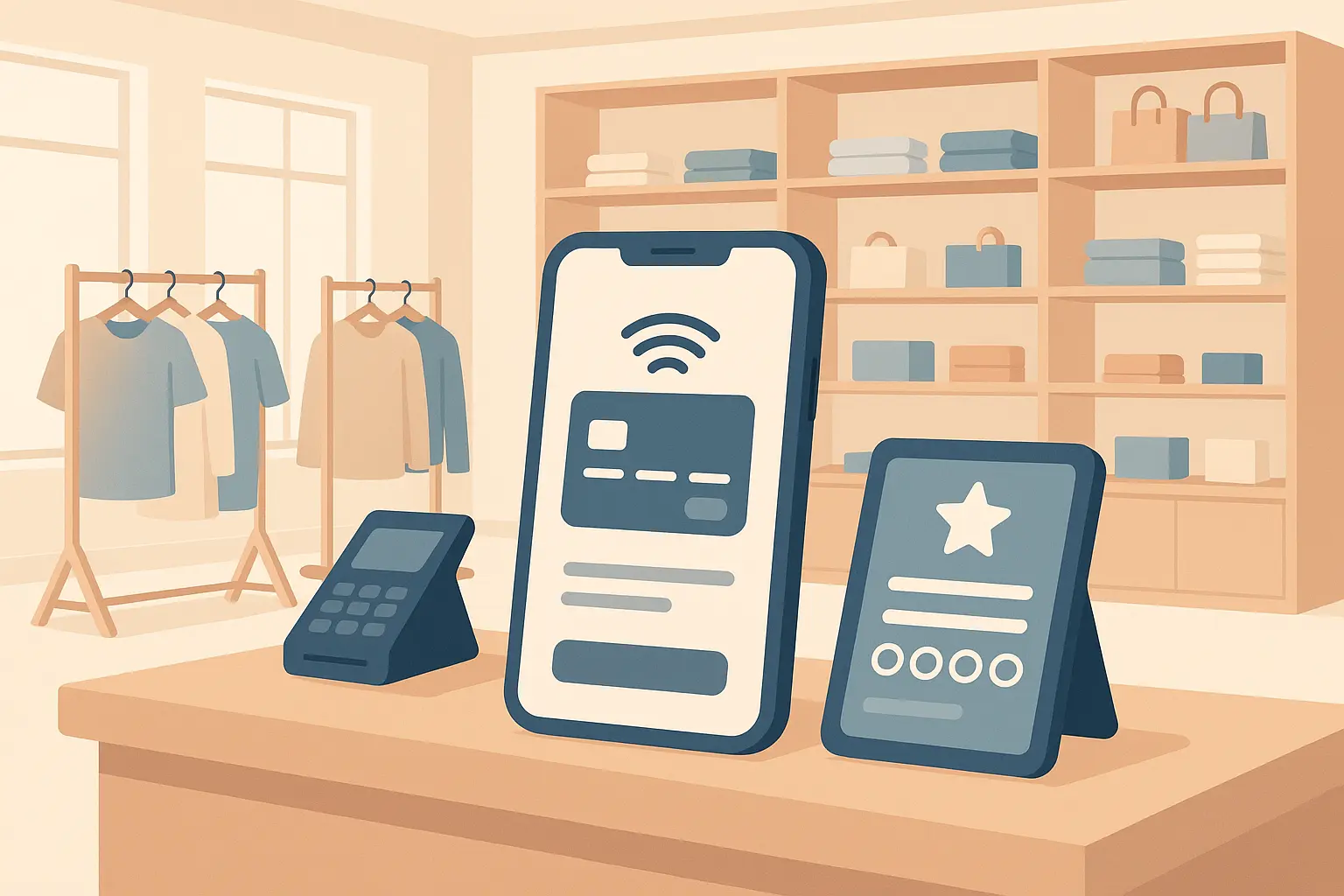
Retail & E-commerce Programs That Changed the Game
Retail loyalty programs have evolved from simple point systems to sophisticated ecosystems that integrate shopping, entertainment, and personalized experiences. The most successful programs combine multiple value propositions while maintaining simplicity in their core mechanics.
The retail sector provides some of the most compelling loyalty program examples, where brands have transformed traditional shopping experiences into engagement-driven ecosystems. These retail loyalty programs demonstrate how technology integration and customer-centric design create sustainable competitive advantages.
1. Amazon Prime – The Subscription Gold Standard
Amazon Prime redefined what loyalty could look like by bundling shipping benefits with entertainment and exclusive access. At $139 annually, it seems expensive until you realize Prime members shop 100+ times per year versus 14 for non-members.
Here’s something that might surprise you – Amazon Prime members don’t think “I’m participating in a loyalty program” when they order something. They think “I’m getting free shipping because I’m smart enough to have Prime.” That’s brilliant psychology.
The genius lies in ecosystem integration. Prime isn’t about free shipping – it’s about creating switching costs through Prime Video, Music, and exclusive deals. When customers use multiple Prime benefits, renewal rates hit 74%, and those customers become virtually impossible to poach. I mean, try convincing someone to give up their Prime membership when they’re halfway through a TV series and have groceries arriving tomorrow.
Results speak volumes: 200+ million global members generating 2x the annual spending of non-members. The program has become so integral to Amazon’s business that Prime members represent the majority of their customer lifetime value.
2. Sephora Beauty Insider – Tiered Perfection
Similar to how we analyzed Sephora’s case study marketing strategy, their three-tier system (Insider, VIB, Rouge) creates aspiration while delivering immediate value through sophisticated customer segmentation and personalized experiences.
You know that feeling when you’re 50 points away from reaching VIB status and suddenly you’re buying a lipstick you don’t really need? That’s good program design – it creates that “just one more purchase” mentality. Sephora’s three-tier system creates aspiration while delivering immediate value. The 1 point per $1 spent structure is simple, but the tier-based perks drive customers to spend more to reach the next level.
What sets it apart is the experiential focus. Beauty classes, personalized consultations, and exclusive access to new products create emotional connections beyond transactional rewards. This approach drives 80% of sales from loyalty members because people aren’t just buying makeup – they’re buying into a beauty community.
The program generates 25+ million active members with a 15% increase in average order value. More importantly, it creates brand evangelists who view Sephora as their beauty destination, not just another retailer.
3. Target Circle – Community-Driven Engagement
Target Circle combines percentage-based earnings with personalized offers and community giving. The 1% earnings (5% with RedCard) provides baseline value, but personalized deals and early access create the real engagement.
The community giving component differentiates Target from competitors. Customers vote on local nonprofit funding, which creates emotional investment beyond shopping rewards. This approach achieves 95% transaction penetration because people feel good about where they shop.
Results include 100+ million members driving 30% increases in visit frequency. The program succeeds because it aligns with Target’s brand values while delivering practical benefits customers actually use. It’s not just about saving money – it’s about supporting your community.
4. Best Buy My Best Buy – Service-Focused Value
Best Buy’s hybrid approach offers free tier benefits with paid memberships for enhanced perks. The points earning (1-2 per dollar) provides baseline rewards, but exclusive member prices and tech support create real differentiation.
Extended return periods and installation services address real customer pain points in electronics retail. These service-focused benefits drive 85% of revenue from loyalty members with 25% higher customer lifetime value. When you’re buying a $2,000 TV, knowing you get extended returns and free installation is worth way more than earning a few points.
The program works because it solves actual problems customers face when buying technology, not just offering generic discounts.
5. Nordstrom Nordy Club – Luxury Experience Focus
Nordstrom’s points-based program emphasizes personalized service over discount-driven rewards. The 1-3 points per dollar based on spending level creates tiers, but personal styling services and alterations provide the real value.
Early access to sales and exclusive events appeal to fashion-conscious customers who value being first to access new trends. This approach drives 60% of sales from loyalty members because their customers care more about exclusive access than generic discounts.
The program succeeds by aligning rewards with customer values – fashion-forward shoppers want to feel special and get first dibs on new arrivals, not just save 10%.
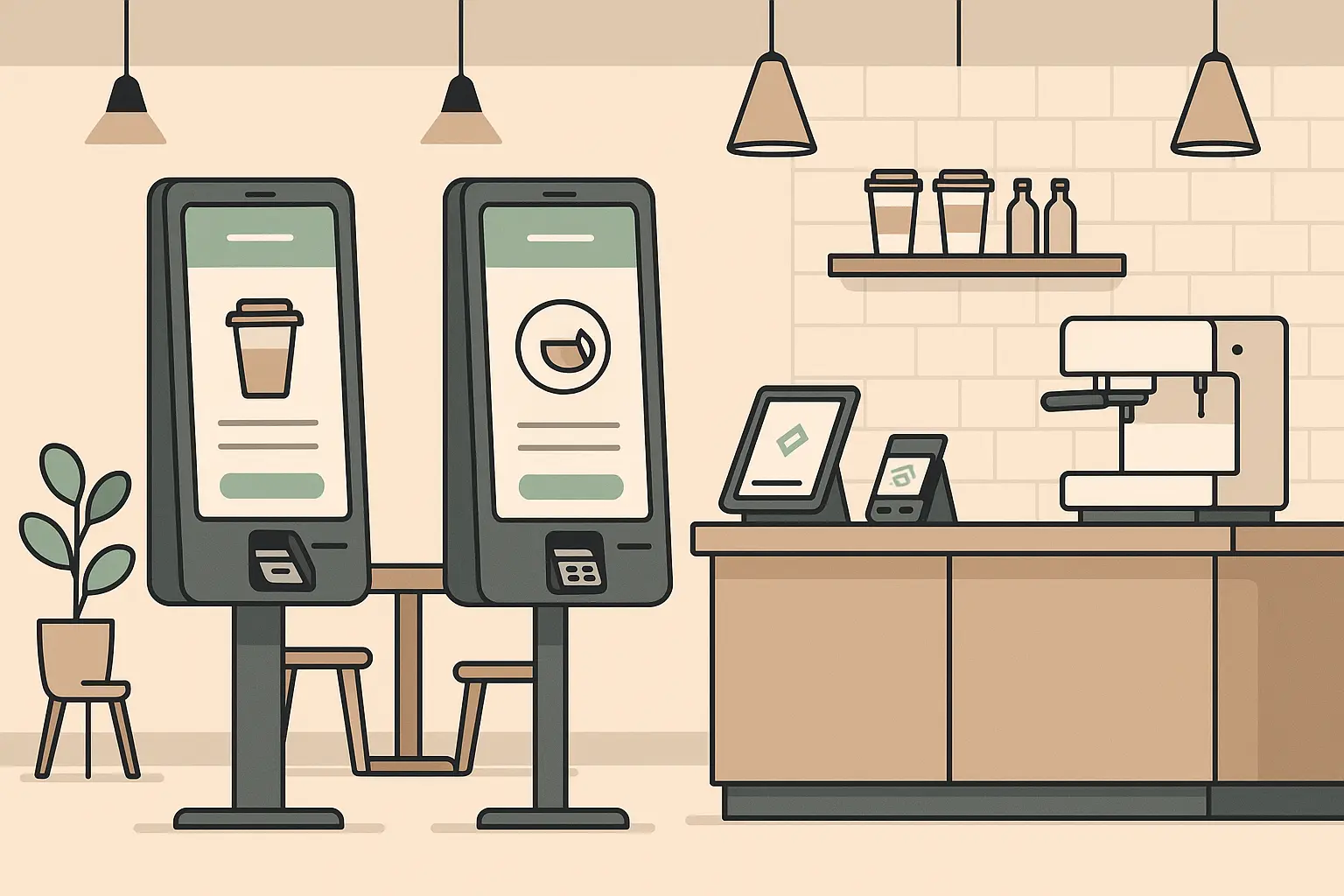
Food & Beverage Loyalty Success Stories
Food and beverage loyalty programs excel through mobile-first approaches, gamification, and frequency-based rewards that align with natural consumption patterns. The most successful programs integrate ordering, payment, and rewards into seamless digital experiences.
6. Starbucks Rewards – Mobile-First Gamification
The Starbucks loyalty program case study represents the gold standard for mobile-first gamification in the food service industry. This loyalty program example demonstrates how technology integration can transform customer behavior and drive unprecedented engagement levels.
Starbucks figured out something brilliant – they made their app faster than paying with cash. I time myself sometimes (yeah, I’m that guy), and mobile ordering saves me about 3 minutes during morning rush. That’s 15 minutes a week I get back. That’s why I keep using it, not because I love collecting stars.
Starbucks revolutionized loyalty through mobile integration and gamified experiences. The 2 stars per $1 spent system is simple, but bonus star challenges and limited-time multipliers create engagement beyond regular purchases. Those “Double Star Days” absolutely work – I’ve planned coffee runs around them more times than I care to admit.
Mobile order ahead and payment integration reached 41% adoption because it’s faster than cash or cards. AI-driven recommendations based on purchase history, location, and preferences make every interaction feel personalized without being creepy.
The program generates $2.65B in mobile payment volume while driving 20% increases in visit frequency. Success comes from making the app more convenient than traditional ordering while rewarding engagement.
Here’s a real example of how this works: A regional coffee chain I worked with studied Starbucks’ approach and implemented their own mobile-first program. They introduced a simple star-based system where customers earned 2 stars per dollar spent, with free drinks at 150 stars. The key was integrating mobile ordering – customers could place orders from their car and skip lines during busy morning hours. Within 8 months, mobile orders represented 35% of transactions, average visit frequency increased by 22%, and customer satisfaction scores improved by 28% due to reduced wait times.
7. McDonald’s MyMcDonald’s Rewards – Global Scale Success
McDonald’s points-based system (100 points per $1 spent) works globally while allowing localized offers. Free food rewards starting at 1,500 points provide clear value, while mobile ordering integration drives digital adoption.
The program succeeded by making digital ordering more convenient than traditional ordering. Exclusive deals and birthday rewards create additional touchpoints beyond regular visits. What’s brilliant is how they made the app feel like a shortcut rather than another thing to remember.
With 50+ million active users, the program drove 25% increases in digital sales and 15% boosts in average transaction value. The key was simplicity – even my tech-phobic uncle can figure out how to get free fries.
8. Dunkin’ DD Perks – Frequency Rewards Done Right
Dunkin’s 5 points per $1 spent with free beverages every 200 points aligns perfectly with coffee consumption patterns. The program rewards frequency, which matches how customers naturally use coffee shops. If you’re getting coffee every day anyway, why not get rewarded for it?
Mobile ordering and payment integration streamlined the morning coffee routine. Priority lanes and exclusive offers made loyalty members feel valued during peak hours when everyone’s rushing to work.
Results include 15+ million members with 60% of transactions from app users and 18% increases in visit frequency. The program works because it doesn’t try to change behavior – it rewards existing habits.
9. Chipotle Rewards – Values-Aligned Engagement
Chipotle’s 10 points per $1 spent system includes bonus points for sustainable choices, aligning rewards with brand values. Free entrées at 1,625 points provide clear redemption goals that feel achievable.
Exclusive access to new menu items and gamified challenges create engagement beyond transactional rewards. The program appeals to customers who share Chipotle’s values around sustainability and food quality. It’s not just about getting free burritos – it’s about supporting what you believe in.
With 30+ million members, 65% of transactions come from digital channels, showing how loyalty drives omnichannel adoption.
10. Panera MyPanera – Hybrid Innovation
Panera combines traditional rewards with unlimited coffee subscriptions ($10.99/month), creating multiple value propositions. Personalized rewards based on preferences show sophisticated segmentation that actually makes sense.
The subscription element creates predictable revenue while driving frequent visits. Surprise rewards and birthday treats add emotional elements to rational benefits. Sometimes getting an unexpected free pastry makes your whole day better.
Results include 50+ million members with 55% of sales from loyalty participants and 30% increases in coffee category sales.
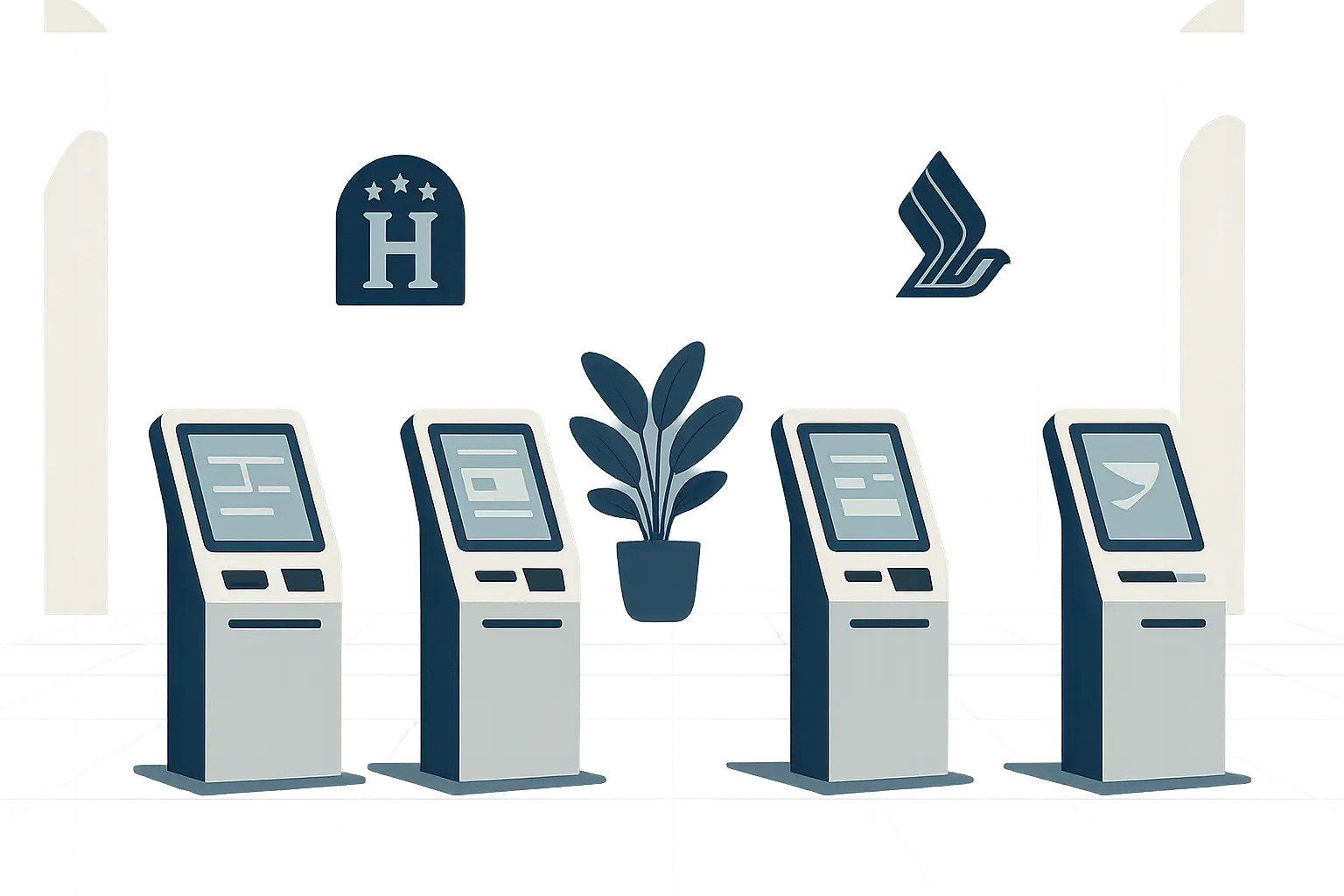
Travel & Hospitality Programs Worth Studying
Travel loyalty programs create the highest switching costs through elite status benefits, extensive partner networks, and experiential rewards that can’t be easily replicated by competitors. These programs often become more valuable than the underlying businesses themselves.
Travel and hospitality represent some of the most sophisticated loyalty program examples in the market, where brands have created complex loyalty scheme structures that generate billions in revenue through partnerships and co-branded credit cards.
But let’s be real about the problems. Ever tried to redeem airline miles? It’s like they actively don’t want you to use them. “Sorry, no award seats available on any flight you’d actually want to take.” That’s not loyalty – that’s hostage-taking.
|
Program Type |
Earning Rate |
Elite Benefits |
Partnership Network |
Member Penetration |
|---|---|---|---|---|
|
Hotel Programs |
10-15 points/$1 |
Room upgrades, late checkout, lounge access |
Airlines, car rentals, experiences |
50-60% of stays |
|
Airline Programs |
5-10 miles/$1 |
Priority boarding, upgrades, lounge access |
Hotels, car rentals, retail partners |
65-75% of revenue |
|
Credit Card Programs |
1-5x points/$1 |
Travel credits, concierge, exclusive access |
Multiple travel partners |
40-50% of spending |
|
Vacation Rentals |
1-2% back |
Early access, member rates, experiences |
Local experiences, transportation |
30-40% of bookings |
11. Marriott Bonvoy – Multi-Brand Ecosystem
Marriott’s program spans 30+ brands, creating earning and redemption opportunities across price points and travel styles. The 10 points per $1 spent base rate increases with elite status and bonus categories.
Elite benefits including room upgrades, late checkout, and lounge access create aspirational value. Partnership with airlines, credit cards, and experiences extends earning beyond hotel stays. When you can earn points buying groceries and redeem them for a vacation, that’s ecosystem thinking.
With 164+ million members generating 55% of room nights, the program drives $2.5B in co-brand credit card revenue annually.
12. American Airlines AAdvantage – Revenue-Based Evolution
AAdvantage’s shift to revenue-based earning (5 miles per $1 spent) better aligns rewards with customer value. Elite qualifying dollars and segments create clear status requirements, though some frequent flyers weren’t thrilled about the changes.
Extensive partner networks and co-brand credit card partnerships enable earning beyond flying. Award flights, upgrades, and experiences provide diverse redemption options when you can actually find availability.
Results include 115+ million members generating 70% of revenue and 40% increases in direct bookings.
13. Hilton Honors – Digital Innovation Leader
Hilton’s 10 points per $1 spent system integrates with industry-leading mobile technology. Digital key and mobile check-in/out remove friction from the hotel experience – no more waiting in line at 11 PM after a long flight.
Room upgrades, late checkout, and Amazon shopping redemptions provide flexibility. The program succeeds by making hotel stays more convenient for loyalty members, not just cheaper.
With 118+ million members driving 60% of stays, the program increases direct bookings by 25%.
14. Southwest Rapid Rewards – Simplicity Wins
Southwest’s points-based system tied to dollars spent eliminates complex award charts. No blackout dates or seat restrictions make redemptions straightforward. Finally, an airline program that doesn’t require a PhD to understand.
The Companion Pass elite benefit allows a designated companion to fly free, creating incredible value for frequent travelers. Points never expire with activity, reducing customer anxiety about losing rewards.
Results include 130+ million members generating 85% of revenue with industry-leading customer satisfaction scores.
15. IHG One Rewards – Global Reach Strategy
IHG’s 10-15 points per $1 spent varies by brand, allowing different value propositions. PointBreaks promotional awards create urgency and excitement when you can get a hotel night for 5,000 points instead of 25,000.
Elite benefits including room upgrades and buy points options provide flexibility. The program works across diverse markets and price points globally.
With 100+ million members driving 50% of revenue, the program increases repeat stays by 20%.
Financial Services That Got Loyalty Right
Financial services loyalty programs succeed by integrating rewards into everyday spending while providing premium benefits that justify annual fees. The most successful programs offer flexible redemption options and exclusive experiences that create emotional connections beyond transactional rewards.
Financial services provide compelling loyalty schemes examples where credit card companies have built programs that generate billions in interchange revenue while creating customer stickiness through travel benefits and flexible redemption options.
16. Chase Ultimate Rewards – Ecosystem Excellence
Chase’s points-based system (1-5x per $1 spent) varies by category and card product. Transfer partnerships with 20+ airlines and hotels provide premium redemption options that can deliver outsized value when you know how to use them.
Pay yourself back and statement credits offer flexibility for non-travelers. Exclusive experiences and events create emotional value beyond points earning. Getting invited to a private concert because of your credit card makes you feel pretty special.
With 50+ million cardholders generating $100B+ annual spend, the program achieves 25% higher retention than industry averages.
17. American Express Membership Rewards – Premium Focus
Amex’s flexible points program (1-5x per $1 spent) emphasizes travel and lifestyle benefits. Transfer partnerships and Shop with Points provide diverse redemption options.
Exclusive access and experiences align with premium brand positioning. The program succeeds by making cardholders feel valued, not just customers. When you get concierge service and exclusive event access, the annual fee starts to feel worth it.
Results include 130+ million cards in force with $1.4T annual spending volume and 95%+ retention on premium cards.
18. Capital One Rewards – Simplified Structure
Capital One’s straightforward approach (1-2x miles on all purchases) eliminates category restrictions and complex rules. No blackout dates or restrictions reduce redemption friction.
Transfer partnerships and purchase eraser options provide flexibility. The simplified structure reduces customer confusion while maintaining value – sometimes simple really is better.
With 65+ million cardholders, the program drives 20% increases in card usage through its user-friendly approach.
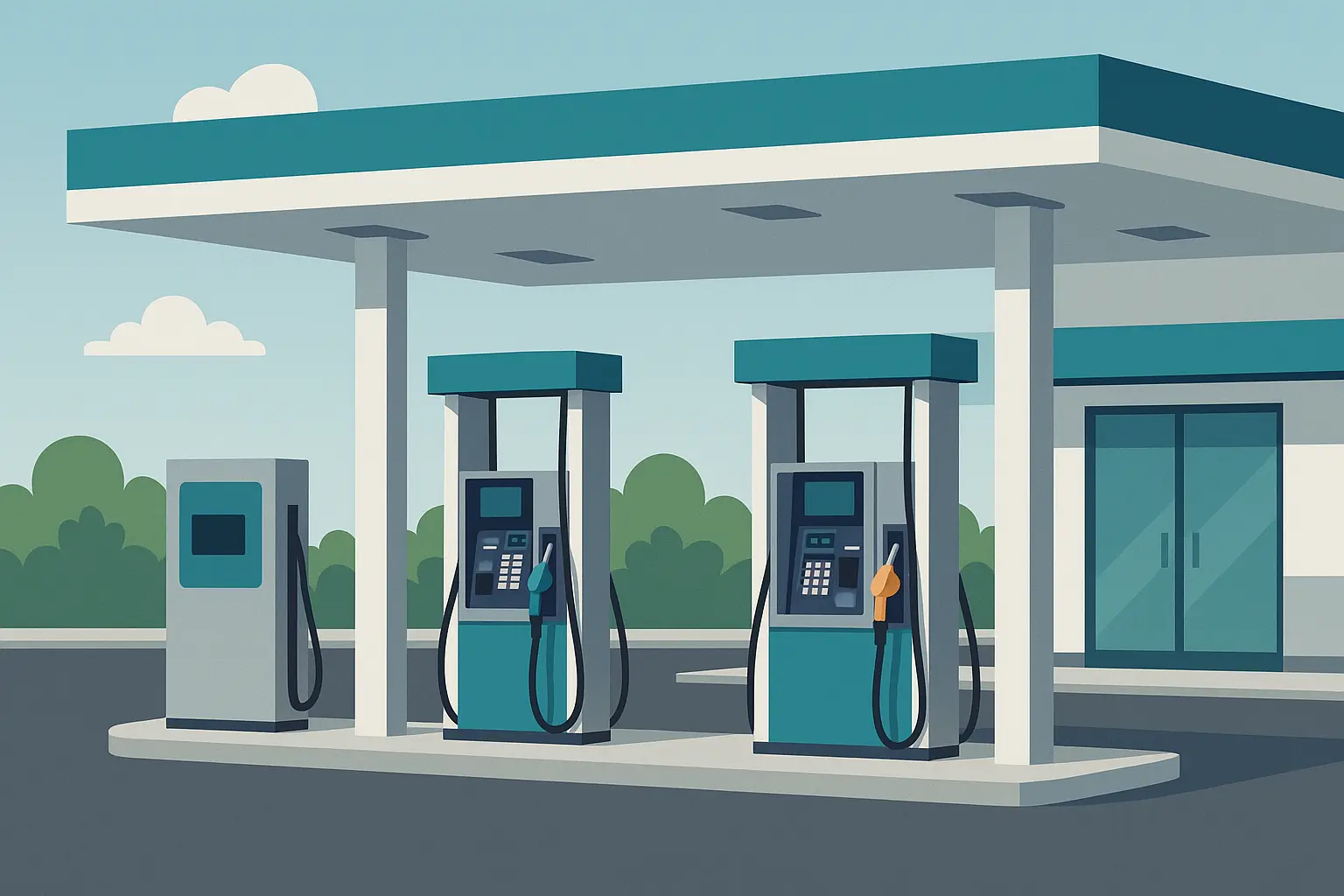
Automotive & Services Programs That Work
Automotive and services loyalty programs succeed by addressing specific customer pain points including fuel costs and maintenance needs. These programs often rely on partnership networks and practical benefits that provide immediate value in customers’ daily lives.
19. Shell Fuel Rewards – Partnership Power
Shell’s cents-per-gallon savings (5¢ base) with retail partner bonuses creates immediate value through an effective loyalty scheme structure. Gold Status provides additional benefits for frequent users while the customer rewards program integrates seamlessly with existing shopping habits.
Mobile app integration and payment streamline the fuel purchase process. Partnership model enables broad reach without requiring Shell to manage all relationships. When you can earn fuel rewards buying groceries, that’s smart partnership thinking.
Results include 13+ million members with 30% increases in fuel volume per member and 25% boosts in convenience store sales.
20. AutoZone Rewards – Simple Value Proposition
AutoZone’s 5% back in rewards provides clear, immediate value. Exclusive member pricing and birthday rewards create additional touchpoints.
Commercial pro program serves business customers with specialized benefits. The program works because it addresses the practical needs of DIY and professional customers who just want to save money on car parts.
With 35+ million members driving 75% of transactions, the program increases basket size by 20%.
21. Jiffy Lube Multicare – Service Frequency Focus
Jiffy Lube’s visit-based stamp system rewards service frequency. Free services after completing cards provide clear goals and value that customers can understand immediately.
Mobile app with service history tracking adds convenience while encouraging regular maintenance. Maintenance reminders create additional customer touchpoints without being annoying.
Results include 8+ million members with 45% enrollment rates and 35% increases in service frequency.
Here’s how this approach works in practice: A regional auto parts chain I worked with implemented a hybrid loyalty program combining AutoZone’s simplicity with personalized service reminders. They offered 5% back on all purchases plus bonus points for seasonal items (winter tires, summer maintenance). The key innovation was integrating vehicle profiles – customers entered their car details and received targeted offers for relevant parts and maintenance schedules. This approach increased average transaction value by 28% and drove 40% more frequent visits as customers relied on the app for maintenance planning.
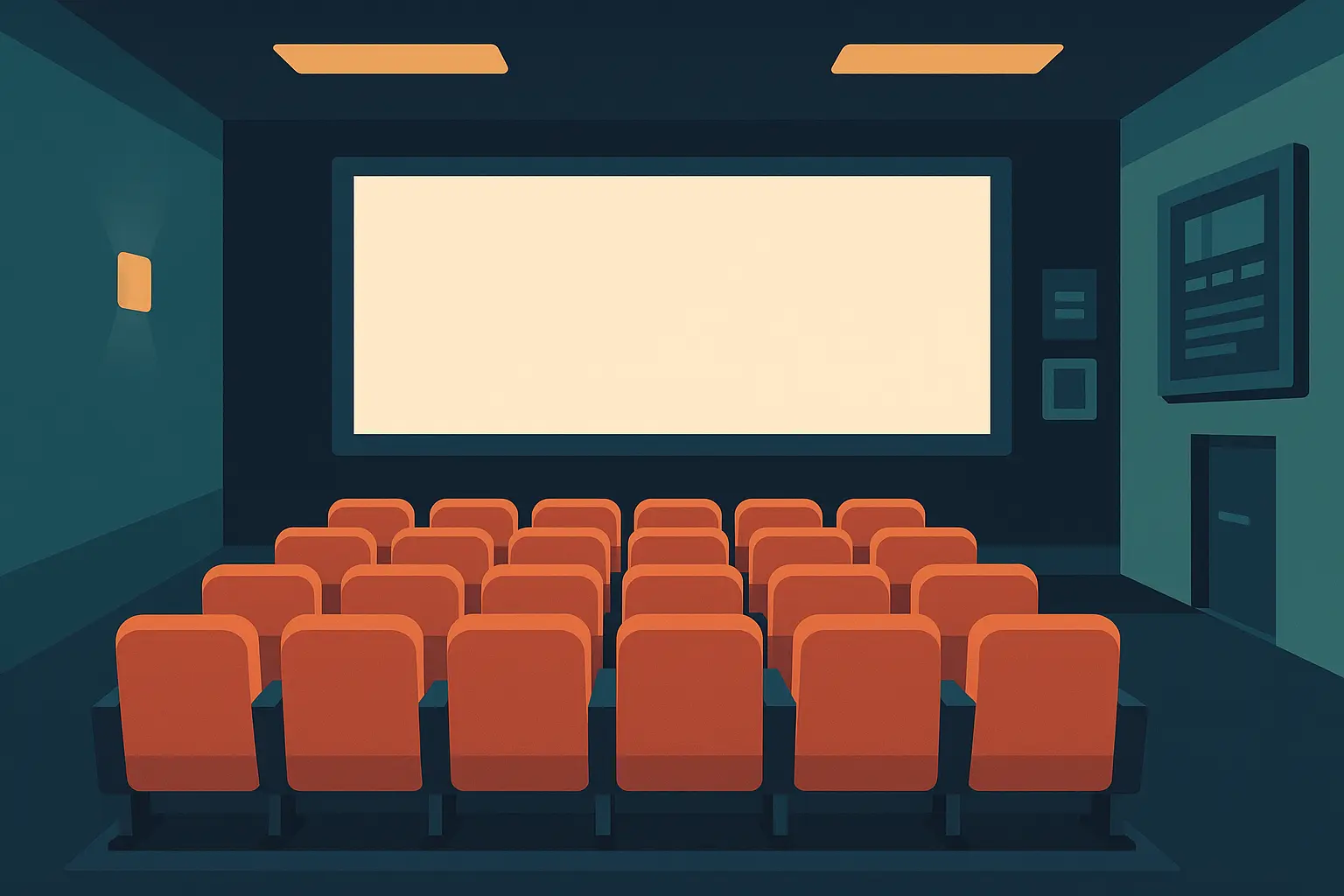
Entertainment & Lifestyle Loyalty Winners
Entertainment and lifestyle loyalty programs create community and shared experiences around customer passions and interests. The most successful programs go beyond transactional rewards to build emotional connections through exclusive access, events, and values alignment.
22. AMC Stubs – Experience Enhancement
AMC’s tiered program combines rewards earning with enhanced movie experiences, representing a compelling loyalty program case study in entertainment. Points on tickets and concessions provide baseline value, while free upgrades and priority lanes improve the experience as clear examples of loyalty program innovation.
Exclusive screenings and events create community among movie enthusiasts. Reserved seating and priority access make loyalty members feel valued during popular releases – no more showing up 30 minutes early to get decent seats.
With 25+ million members generating 55% of revenue, the program drives 40% increases in concession sales by making upgrades feel rewarding rather than like shameless upselling.
23. GameStop PowerUp Rewards – Gaming Community Focus
GameStop’s points-based program serves gaming enthusiasts with points on purchases and trade-ins. Monthly rewards certificates provide regular value, while exclusive access to limited releases creates urgency.
Gaming magazine subscriptions and community events build connections beyond transactions. The program succeeds by understanding what gamers actually value – early access and insider information, not generic discounts.
Results include 55+ million members driving 70% of transactions and 15% increases in trade-in volume, though the program faces challenges from digital gaming trends.
24. REI Co-op Membership – Values-Based Community
REI’s $20 lifetime membership creates long-term commitment while annual dividends based on purchases provide ongoing value. Member sales and exclusive events build community around outdoor activities.
Access to classes, trips, and experiences aligns with customers’ outdoor lifestyle values. The program works because it supports customers’ passions, not just their purchases. When you can learn rock climbing from experts because you’re a member, that’s real value.
With 20+ million lifetime members generating 85% of sales, the program achieves 95% membership satisfaction by staying true to REI’s cooperative values.
25. Ulta Beauty Ultamate Rewards – Beauty Community Excellence
Ulta’s points-based program (1 point per $1 spent) uses three membership tiers with escalating benefits. Bonus point events and exclusive brands create excitement and urgency.
Birthday gifts and personalized offers show sophisticated customer understanding. Early access to new products appeals to beauty enthusiasts who want to try trends first – being first to get the new limited edition palette matters to these customers.
Results include 37+ million active members generating 95% of sales with 40% increases in cross-category purchases as customers explore new beauty areas.
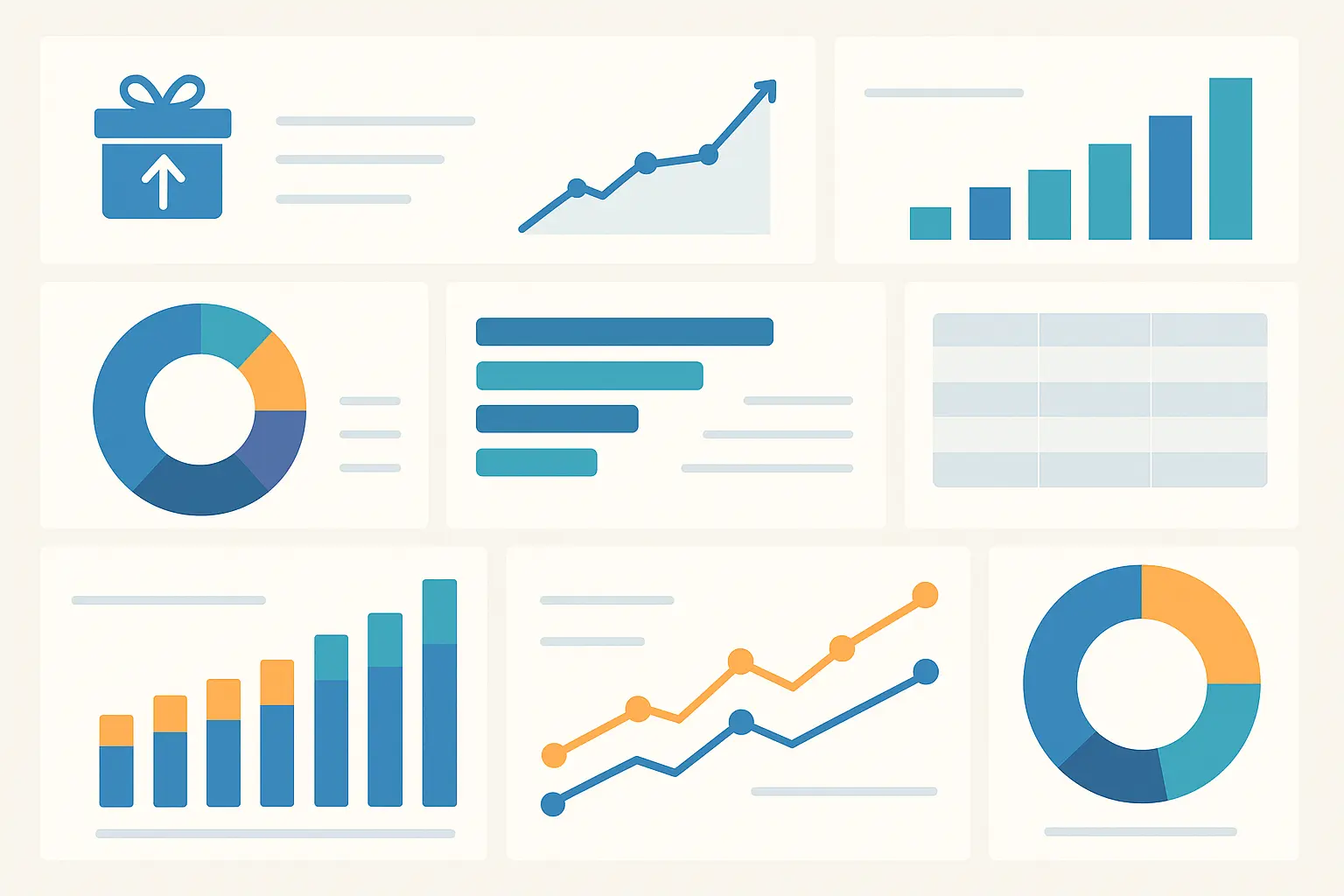
The Complex Programs That Set the Standard
The most sophisticated loyalty programs integrate multiple touchpoints, use AI-driven personalization, and create ecosystem effects that make switching costs prohibitively high. These programs serve as blueprints for what’s possible when technology, strategy, and customer understanding align perfectly.
Starbucks Rewards Deep Dive
This comprehensive loyalty program case study demonstrates how Starbucks transformed coffee loyalty through mobile-first design and gamified engagement. The 2 stars per $1 spent base rate multiplies through bonus challenges and limited-time offers that create urgency.
What’s genius about Starbucks is they made their loyalty program feel like a game. Those bonus star challenges hit the same psychological triggers as mobile games – you want to complete the challenge, earn the reward, see your progress. It’s addictive in the best way.
Mobile payment integration reached 41% adoption because it’s faster than cash or cards. AI-driven recommendations based on purchase history, location, and preferences make every interaction feel personalized without being creepy.
The program generates $2.65B in mobile payment volume while driving 20% increases in visit frequency. Success comes from making the app more convenient than traditional ordering while rewarding engagement.
Amazon Prime Ecosystem Analysis
Prime’s $139 annual fee seems expensive until you calculate the value across shipping, entertainment, and exclusive access. The subscription model creates predictable revenue while driving behavioral changes.
Everyone wants to build the next Amazon Prime, but let’s talk about what that actually costs. Amazon loses money on Prime shipping to make money on everything else. Unless you’ve got billions to burn and a diverse revenue stream, maybe start with something simpler.
Ecosystem integration across Whole Foods, Amazon devices, and cloud storage creates switching costs beyond the membership fee. When customers use multiple Prime benefits, they become virtually impossible to convert.
With 200+ million global members maintaining 74% renewal rates, Prime members generate the majority of Amazon’s customer lifetime value through 2x higher annual spending.
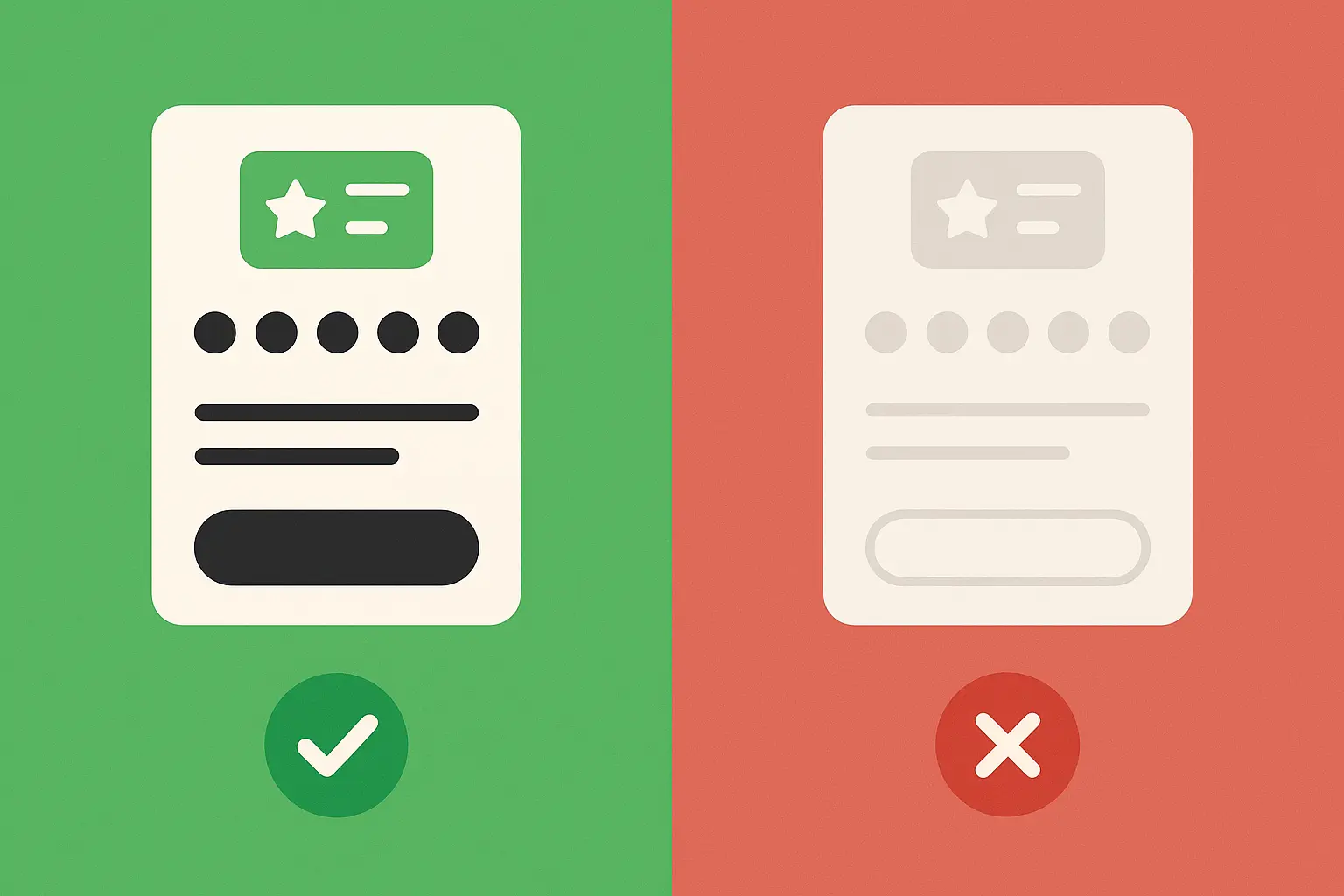
What Separates Winners from Losers
Successful loyalty programs share common patterns: mobile-first approaches, ecosystem integration, personalization at scale, and clear tiered value propositions. The failures typically result from poor technology integration, lack of personalization, or misalignment with customer values and behaviors.
Not every program works. I’ve seen companies launch loyalty programs that looked great on paper but flopped hard. Usually it’s because they made it too complicated (looking at you, airline programs with their Byzantine award charts) or forgot that people just want simple value.
|
Success Factor |
Winner Characteristics |
Loser Characteristics |
Impact on Performance |
|---|---|---|---|
|
Mobile Integration |
Seamless app experience, mobile payment, real-time rewards |
Clunky interfaces, separate systems, delayed updates |
15-30% engagement difference |
|
Personalization |
AI-driven offers, behavioral targeting, individual preferences |
Generic rewards, mass communications, one-size-fits-all |
4.3x spending difference |
|
Value Proposition |
Clear benefits, multiple redemption options, tier progression |
Confusing structure, limited options, unclear value |
78% satisfaction variance |
|
Technology Stack |
Integrated systems, real-time data, automated triggers |
Siloed data, manual processes, delayed responses |
25% operational efficiency gap |
|
Customer Understanding |
Behavioral insights, preference tracking, lifecycle mapping |
Demographic assumptions, limited data, reactive approach |
40% retention rate difference |
Mobile-First Success Patterns
Programs including Starbucks, McDonald’s, and Dunkin’ prove that mobile integration drives higher engagement through their innovative loyalty scheme designs. Mobile apps enable seamless payment, personalized offers, gamified experiences, and real-time redemption capabilities that transform traditional rewards and loyalty program structures into dynamic customer engagement platforms.
Understanding mobile marketing effectiveness requires comprehensive measurement, which is why businesses should implement marketing ROI calculator frameworks to track how mobile-first loyalty programs impact overall customer acquisition and retention metrics.
The biggest mistake I see? Companies that think they need a fancy app for everything. Your customers don’t care about your technology – they care about whether you make their life easier or harder. Sometimes a simple email program with good offers beats a buggy app every time.
The data is clear: mobile-integrated programs see 15-30% higher engagement rates than traditional card-based systems. Customers want convenience, and mobile delivers it better than any other channel. This loyalty example demonstrates how technology integration becomes a competitive differentiator rather than a convenience feature.
Ecosystem Integration Advantages
Amazon Prime and Chase Ultimate Rewards demonstrate how connecting loyalty to broader service ecosystems creates higher customer lifetime value. When programs integrate with existing customer behaviors, they become indispensable rather than optional.
The key is making the loyalty program feel natural within the brand experience, not an add-on that requires separate engagement. When loyalty feels forced or disconnected from what customers already do, it fails.
Personalization at Scale Impact
Top-performing programs use AI-driven personalization to deliver relevant offers. Sephora and Target lead in customized experiences based on purchase behavior and preferences.
The numbers prove personalization works: customers who redeem personalized rewards spend 4.3x more than those who redeem generic rewards. Personalization isn’t nice-to-have anymore – it’s table stakes. But remember, personalization doesn’t mean creepy – it means relevant and helpful.
Tiered Value Proposition Success
Programs with clear tier structures create aspiration and increased engagement. Sephora, Marriott, and American Express show how tiers drive customers to higher spending levels to unlock better benefits.
The psychology is simple: people want to achieve status and will modify behavior to reach the next tier. Well-designed tiers create natural progression paths that benefit both customers and businesses. But make sure the tiers are achievable – if it takes $50,000 to reach the next level, most customers will give up.
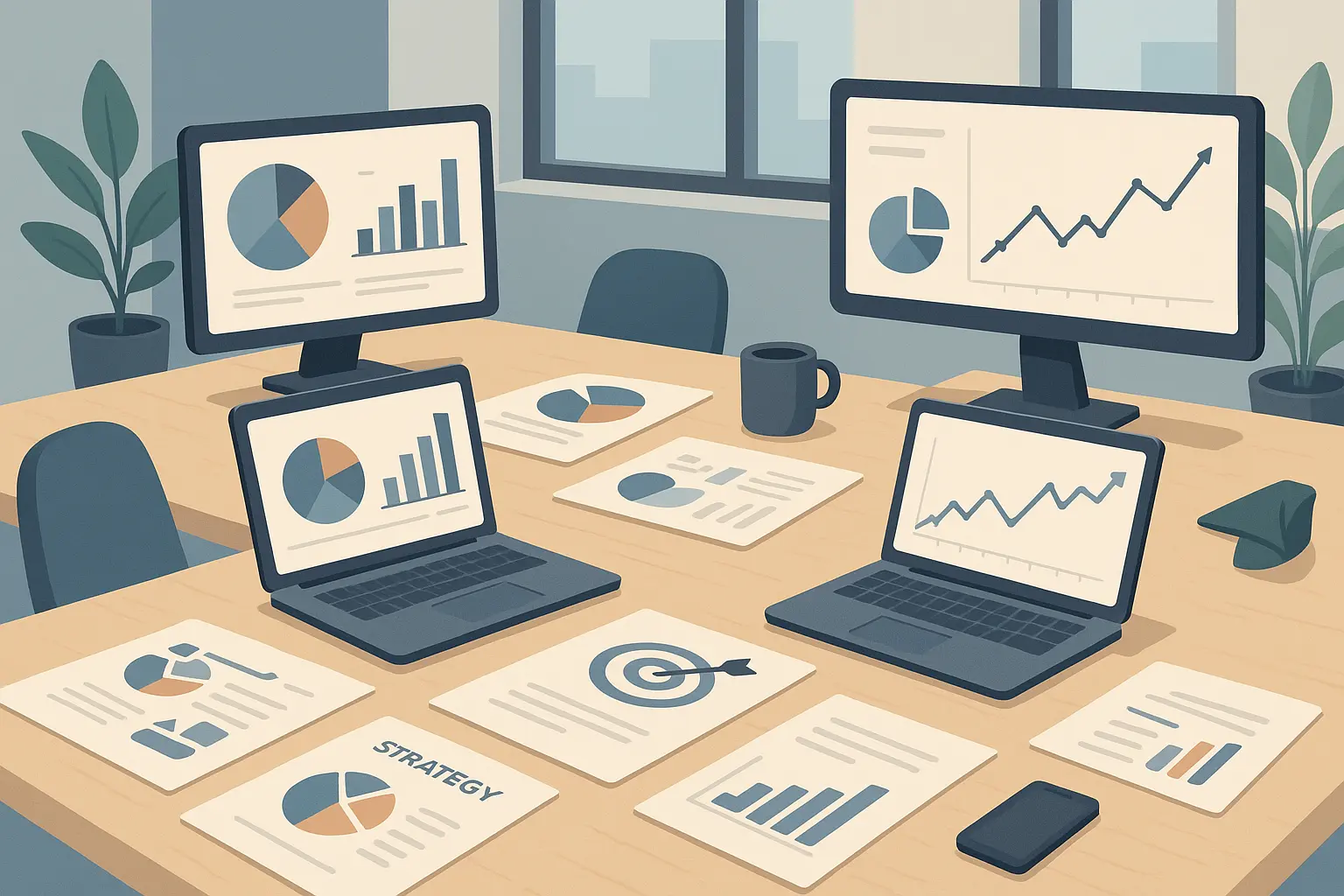
How The Marketing Agency Can Transform Your Loyalty Strategy
The Marketing Agency’s data-driven approach and AI-powered analytics capabilities make them uniquely positioned to help businesses develop, optimize, and measure loyalty programs that deliver genuine ROI rather than enrollment vanity metrics.
Most loyalty programs fail because they’re built on assumptions rather than data. The Marketing Agency’s approach starts with understanding your current customer retention metrics and lifetime value before designing programs that actually move the needle.
Similar to their proven methodology in advanced case study success strategies, The Marketing Agency applies rigorous analytical frameworks to loyalty program case study development, ensuring every program element is optimized for measurable business outcomes rather than vanity metrics.
Strategic Program Development
Their Discovery Call process for marketing setups can assess your loyalty program potential by analyzing customer retention metrics, identifying engagement gaps, and developing custom strategies based on actual customer behavior data.
What works in Seattle might bomb in Miami. I learned this the hard way when a client tried to copy Starbucks’ model for a regional chain in the South. Turns out, their customers valued personal recognition over app convenience. Sometimes the best loyalty program is just remembering someone’s name and their usual order.
Their data-driven methodology ensures your loyalty program aligns with business goals rather than following generic best practices that might not work for your specific customer base.
Technology Integration & Analytics
The Marketing Agency’s AI-driven analytics capabilities can implement real-time program performance monitoring, create predictive models for customer churn, and develop automated segmentation for personalized loyalty communications.
Their expertise in AI marketing solutions enables sophisticated loyalty program automation and personalization at scale, ensuring your program delivers relevant experiences that drive engagement and retention.
Most importantly, they integrate loyalty data with broader marketing attribution models, so you understand how loyalty impacts your entire customer acquisition and retention ecosystem. Too many companies treat loyalty as a separate initiative when it should be integrated into everything you do.
ROI-Focused Implementation
Their emphasis on measurable outcomes translates perfectly to loyalty optimization. They establish clear KPIs tied to customer lifetime value, create A/B testing frameworks for program mechanics, and implement attribution modeling to measure actual business impact.
Timing matters more than most people realize. Launch a loyalty program during your busy season and you’ll overwhelm your staff. Launch during slow periods and you won’t have enough data to know if it’s working. I usually recommend starting about 6 weeks before your peak season – gives you time to work out the kinks.
The key differentiator is their commitment to transparency and measurable outcomes – ensuring loyalty programs deliver genuine business value rather than impressive enrollment numbers that don’t translate to revenue.
Final Thoughts
The loyalty program landscape has evolved far beyond simple punch cards and generic discounts. The 25 case studies we’ve examined reveal that successful programs share common DNA: they integrate seamlessly into customers’ lives, use technology to remove friction rather than create it, and align rewards with genuine customer values and behaviors.
What strikes me most about these success stories is how the winners focus on experience over transactions. Starbucks didn’t succeed because their rewards were better – they succeeded because their app made getting coffee more convenient. Amazon Prime works because it removes friction from shopping while adding entertainment value. Target Circle resonates because it connects purchases to community impact.
Here’s my honest take: Before you build anything fancy, figure out why your customers should care. Are you solving a real problem or just adding another card to their wallet?
The data tells a clear story: programs that generate 5.2x ROI don’t get there through discounting. They achieve it by changing customer behavior, increasing engagement frequency, and creating switching costs that competitors can’t easily overcome. The 90% of companies running loyalty programs aren’t all succeeding – but the ones that are have cracked the code on making loyalty feel valuable rather than transactional.
Now, I know what you’re thinking – “Another article telling me I need a loyalty program.” Fair point. The truth is, a bad loyalty program is worse than no program at all. If you can’t commit to making it genuinely valuable and convenient for your customers, don’t bother.
As you evaluate your own loyalty strategy, remember that enrollment numbers are vanity metrics. What matters is active participation rates, behavioral changes, and measurable impact on customer lifetime value. The programs that will thrive in the coming years are those that use AI and personalization not as buzzwords, but as tools to create genuinely relevant experiences that customers actually want to engage with.
So what should you actually do? Start simple. Pick one thing your customers complain about and see if a loyalty program can fix it. Don’t try to be Amazon on day one. Focus on solving real problems, measure what matters, and build from there. Your customers will thank you for it.


